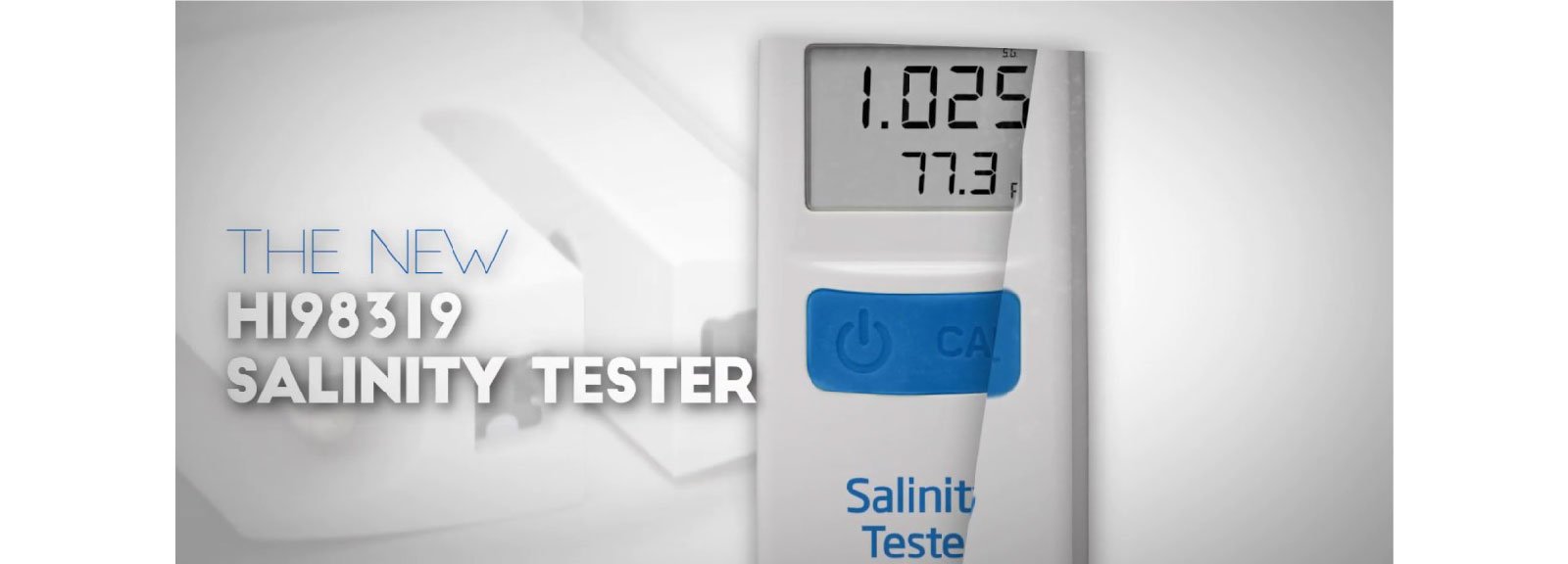11A, Jalan PJS 11/20,
Bandar Sunway,
46150 Petaling Jaya,
Selangor, Malaysia.
Hanna Instruments (M) Sdn Bhd
N0. 303-2-27, Krystal Point,
Jalan Sultan Azlan Shah,
11900 Sungai Nibong,
Penang, Malaysia.
+604-638 4558
+604-645 4558
penang@hannamalaysia.com
Sabah Branch Office
Hanna Instruments (M) Sdn Bhd
No. 4-1, 1st Floor,
Plaza Kingfisher,
Jalan Plaza Kingfisher 5,
Inanam, 88450 Kota Kinabalu,
Sabah, East Malaysia.
088-382 941
088-382 942
sabah@hannamalaysia.com
HI83740-20 Copper Reagent Set for Wine
| Previous | 8 / 75 | Next |
RM 406.00
Download Files
us_hi83740d_0_ghs_usa_1.pdf (468.9 KB)us_hi83740c_0_ghs_usa_1.pdf (279.75 KB)
us_hi83740b_0_ghs_usa_1.pdf (420.79 KB)
us_hi83740a_0_ghs_usa_1.pdf (420.59 KB)
- Pre-made reagents for ease of use
- Prepared with high purity chemicals
- Marked with expiration date and lot number for traceability
-
Details
The HI83740-20 are high quality reagents that are pre-measured, allowing for users to achieve fast and accurate colorimetric measurements. These reagents follow a method in which the reaction between copper and reagents causes a purple tint in the sample. By simply following the procedure and adding the correct amounts of Copper Reagents A, B, C, and D from the reagent set to the sample, the reaction between copper and reagents causes a purple tint in the sample. The intensity of color is determined by the compatible HI83740 photometer and the concentration will be displayed. The results will be displayed in mg/L of copper. These reagents are designed to be used with samples that have an expected range of 0.00 to 1.50 mg/L copper.
Grapes accumulate normally only a small amount of copper by natural translocation from roots. Unless exposed to significant airborne pollution or vineyard sprays, increased concentrations in wine result from contamination during post-fermentation processing, like contact with non stainless steel equipment and as impurities in fining agents and filter media. The copper concentration in wine is normally low, less than 0.10 to 0.30 mg/L, because excess copper is precipitated during fermentation due to adsorption onto the yeast cells. This adsorption and precipitation can reduce the initial copper concentration with 40 to 89%. At higher concentration copper plays an important role in catalysing oxidation reactions of wine phenols. It is important to check the copper content both in must and in wine, because at levels above 9 mg/L copper becomes a metabolic toxin that inhibits or delays alcoholic fermentation, and concentrations exceeding 1 mg/L may be sensorial detected and should be avoided. Other copper related problems can be manifested as formation of white haze (in white wines) and later as a reddish-brown amorphous precipitate. This precipitated ‘casse’ develops only under the strongly reducing conditions found in bottled wines. It has been found that this casse is a mixture of copper compounds and proteins.
Factors favoring and inhibiting copper casse formulation in wine
Necessary conditions for copper casse formation
Preventive Measures
-
strong reducing conditions
-
low iron concentrations
-
high protein levels
-
light and heat
-
copper levels at less than 0.3 mg/L
-
limit SO2 addition
-
cold-stabilize and bentonite fine to reduce proteins in white wine
-
-
Solution
Package Bottles Quantity 20 tests Method The reaction between copper and the reagents causes a purple tint in the sample.








